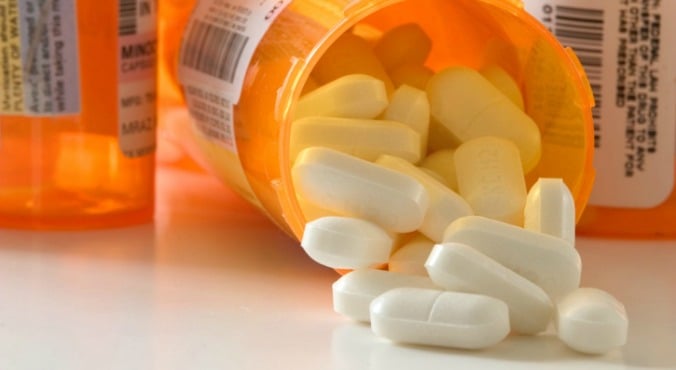
Image via Thinkstock
The news a couple months back that a condom with HIV-attacking properties could soon hit the market was both amazing and important.
The development of products that can reduce the transmission of this potentially deadly virus, especially ones that aren’t painful or invasive, mark a huge step forward for sexual health for both men and women.
Yet what many people don’t realise is that there’s another HIV preventive measure that’s been around a lot longer than the VitaGel condom. It’s called PEP, colloquially known as the ‘HIV morning after pill’ – although it’s actually a month-long course of drugs.
Here’s what you need to know:
What is PEP?
Post-Exposure Prophylaxis (PEP) is a treatment that involves taking a course of antiretroviral medications – as prescribed by a doctor – within 72 hours of possibly being exposed to HIV. Doing this reduces a person’s chance of becoming HIV positive because it decreases the virus’ abilities to replicate, spread and establish itself throughout the body.
There are two types of PEP – occupational (oPEP) and non-occupational (nPEP) – and the medications are taken daily for four weeks. It is usually offered as a last resort and is not guaranteed to work every time.
Who should use it?
PEP can be used by anyone who may have been exposed to the HIV virus and self-reports a high risk incident – for instance, unprotected sex, or a condom breaking during sex, with someone they suspect is HIV positive.
This doesn’t only apply to unsafe sexual activity. For instance, healthcare workers can be evaluated for PEP if they come into contact with a patient’s blood or bodily fluids that may contain the virus. The treatment can also be used by people who have shared needles when taking drugs, or victims of sexual assault.

